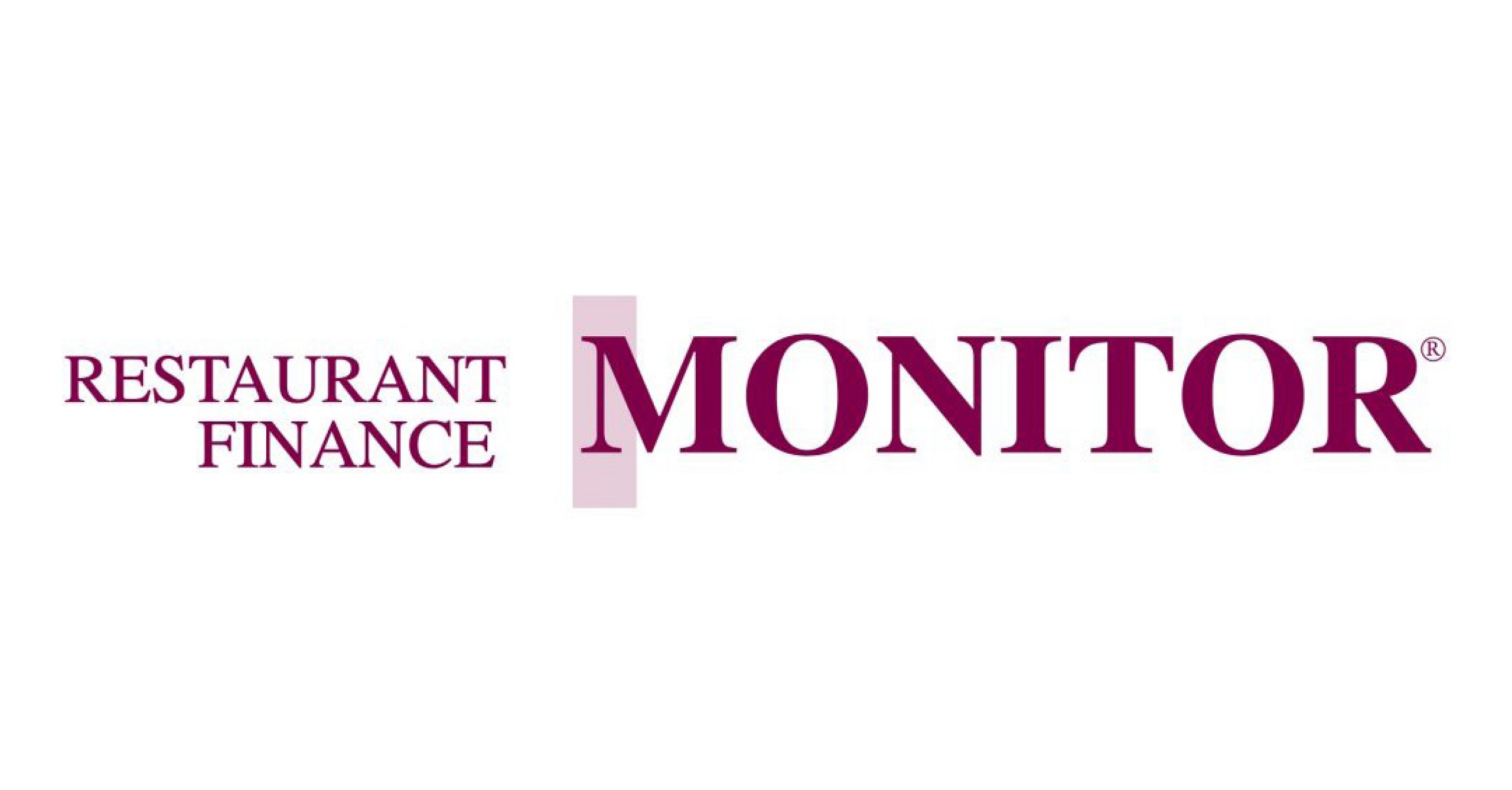When I meet with a new client, I always ask, “What’s your exit strategy?” Usually, they’re focused on growing, and then will make a decision as to an exit later. Early in the growth process, it’s good to discuss the inflection points for a sale or exit. There are certain unit counts that are more receptive to exit. I look at three inflection points:
1. You have proven your concept works, around five to 10 stores—not one or two. Those aren’t ready to sell or franchise. The concept needs validation and a trajectory toward growth to be attractive and have good value.
2. You are at the 20-to-30-store level with a concept that works in different demographics and locations. You have strong unit economics, and you are ready for equity. It may not be early stage private equity, but someone who wants to grow into a strategic sale.
3. You have 100-plus units and have multiple options to sell, like a strategic buyer, an IPO, large private equity or joint ventures. At this stage your buyer list is much longer. With that in mind, the exit strategy is not just a factor of whether you have created value, but have you created public-type value to the investing community.
After studying these exit timing scenarios, here are a few important planning points to consider along the process.
If the business is a reasonable size, you may have some bad stores. When selling, these units involve a dilemma: You either need to fix them, or show how you will minimize their effect on the concept, including closure or segregating them into a separate entity. In previous articles, I’ve written about forming “Bad Co.,” which holds bad stores. Don’t let them drag down the overall price.
Do you have a good handle on the unit economics and have dialed down on the key elements, particularly revenue? Rule of thumb is annual sales should be two to three times the unit investment. On the revenue side, ensure your concept has different revenue streams, particularly takeout, delivery, catering, private dining and sometimes even the consumer product goods market. Be creative.
Next, look at prime costs, where the key is labor. Whatever you can do to automate, minimize or cross train will help keep those costs in line. Salsarita’s is one concept that does this well. They have mastered technology for their franchise community, and this has helped with labor and other aspects to stay below market, and still have the ability to serve quality food in an efficient manner.
When getting ready to sell, make sure there are available sites for future units. One concept, SocialBites, only goes into closed restaurant sites. It’s more cost efficient when the infrastructure is there, but it may limit available sites.
After looking at P&Ls, address the balance sheet, which shows where the company is at a given point in time. Start with current assets and determine if those are real assets or are there loans to related parties or other assets of limited value. If you want to sell, then what’s on the balance sheet that shouldn’t be there is crucial. It doesn’t mean when you do an asset sale these assets are going to be sold, but they do create smoke, which makes it hard to evaluate the company. When you get to the fixed assets, I like to see GAAP depreciation versus tax depreciation and also look at the Capex maintenance annual cost. Also get obsolete and personal assets off the balance sheet.
Also, protect and document your trade names, recipes and customer lists. If a franchise business, have strong and reasonable franchise agreements. Clean up issues with employee contracts or non-competes, even if they aren’t totally enforceable. Key management is one of the biggest assets in the sale, particularly if they will be a part of it.
Turning to the liability side, make sure all liabilities are reflected on the balance sheet. Often, warranty claims or gift cards that don’t cycle out every year are not correctly presented. Also consider deferred compensation for your employees and your leases, which normally are capitalized. Understand what your real obligations are. Associate with the balance sheet other issues.
For instance, can you assign your leases? Can you get released from personal guarantees? Are you able to get subordination, non-disturbance and attornment from your landlord’s lenders? I worked on one issue where there was a ground lease upon another ground lease, and as long as everyone was performing, it was fine, but as soon as they went to sell the potential buyers bolted because they weren’t sure what they would get. In another instance, there was a restaurant with a lease for a parking lot, which was necessary to accommodate the zoning. Be sure the lease is clear as to terms and obligations and all potential liabilities are disclosed or satisfied.
Finally, owning real estate and leasing to your own restaurant creates another issue. Selling the real estate constitutes a separate transaction with a separate cap rate, so if you plan to keep the real estate, have reasonable leases. In most cases, the buyer of the restaurant may want an option to purchase that real estate, but you need to look at it as an arm’s length situation. In summary:
1. Find the right time in your growth cycle to maximize price.
2. Make sure your unit economics are strong.
3. Clean up your financials.
4. Seek strong advisors who know the process and the potential buyers.
From the October 2024 issue of Restaurant Finance Monitor
Author
-

Co-founder and chairman of Monroe Moxness Berg PA, Dennis is a pioneer in corporate financing with a broad network of finance contacts and clients. He assists businesses, from emerging companies to multinational firms, by providing creative ideas, identifying unique financing sources, and developing the financial tools necessary for their growth and development.
